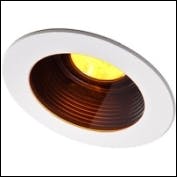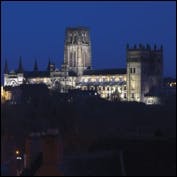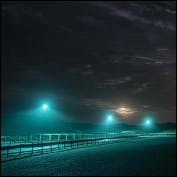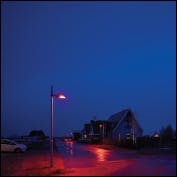Generally, the choice to retrofit or introduce solid-state lighting (SSL) into an outdoor lighting project is based on the needs of the humans who roam the area. But as our habitat has evolved to a more urban/suburban one — with less precious space between humans and the wildlife that occupied the land first — municipal planners, lighting specifiers and designers, and other parties have a responsibility to consider the animals’ behavioral patterns and natural cycles when determining an outdoor lighting scheme, too. Following are five notable examples of SSL designs and projects that made wildlife a priority, attempting to improve their living conditions in a civil-engineered environment or at the very least bring less disruption to these animal inhabitants.
1. SSL that saves turtles
2. Creative lighting respects both architecture and winged things
3. Arctic project puts light in the right spots
4. Is blue-green light less disturbing to bird’s beacons?
5. Red light is a ‘go’ for bats
We look forward to bringing you more on these kinds of ecologically-sensitive lighting reports.










